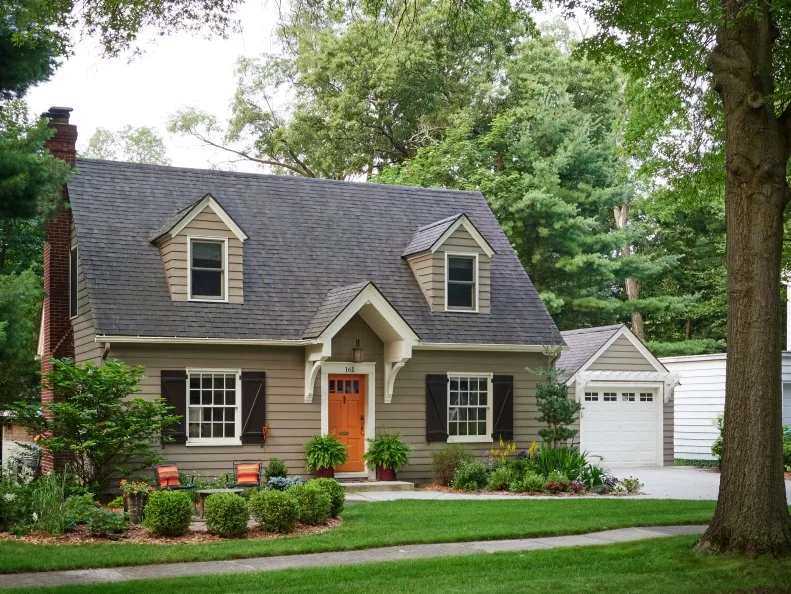In the high-stakes game of real estate, knowing how to finesse seller-paid closing costs can be the difference between a good deal and a great one. Whether you’re a first-time homebuyer or a seasoned property investor, understanding this often-overlooked aspect of real estate transactions could save you thousands. Let’s dive into the sophisticated world of closing cost negotiations, where strategy meets opportunity.
The Essentials: Understanding Seller-Paid Closing Costs
Think of seller-paid closing costs as the financial finale in your home-buying story. These costs, typically ranging from 6% to 10% of the sale price, represent various fees and expenses that arise during the transaction. While traditionally split between buyer and seller, there’s considerable room for negotiation – if you know how to play your cards right.
Breaking Down the Numbers: What’s Actually Included?
Let’s dissect the components that make up these costs:
- Real estate agent commissions (typically 5-6% of sale price)
- Transfer taxes and recording fees
- Title insurance and search fees
- Property tax prorations
- HOA transfer fees
- Home warranty premiums
According to recent industry data, sellers might pay anywhere from $15,000 to $50,000 in closing costs on a $500,000 home sale. That’s significant leverage for savvy buyers.
The Art of Negotiation: Making Your Case
Success in securing seller-paid closing costs often comes down to timing and technique. Here’s your playbook:
1. Read the Room: Market Conditions Matter
In a buyer’s market, sellers are more likely to entertain requests for closing cost assistance. Look for these telltale signs:
- Properties sitting on the market longer than average
- Recent price reductions in the neighborhood
- Limited buyer competition
- Motivated sellers (job transfers, divorces, or other time-sensitive situations)
2. Strategic Timing: When to Make Your Move
The initial offer presents your best opportunity to negotiate closing costs. Consider these approaches:
- Request a specific dollar amount rather than a percentage
- Frame it as part of a strong, clean offer
- Use market data to support your request
- Present multiple options to give the seller flexibility
Understanding the Limits and Restrictions
Before diving into negotiations, know your boundaries. Different loan types have varying restrictions on seller contributions:
- Conventional loans: Up to 3-9% (depending on down payment)
- FHA loans: Up to 6% of the sale price
- VA loans: Up to 4% of the sale price
- USDA loans: No specific limit, but must be reasonable
Advanced Negotiation Strategies: Beyond the Basics
To elevate your negotiating game, consider these sophisticated approaches:
1. The Price-to-Concession Balance
Instead of requesting a price reduction, ask for closing cost assistance. This approach can:
- Preserve your cash flow for other expenses
- Potentially result in a lower monthly payment
- Create a win-win scenario for both parties
2. Leverage Home Inspection Findings
Use inspection results strategically:
- Request repairs as closing cost credits instead of actual repairs
- Bundle multiple small issues into one larger closing cost request
- Present cost estimates from contractors to support your position
Regional Variations: Location Matters
Closing costs vary significantly by location. Urban markets often have higher costs than rural areas, while state-specific taxes and fees can dramatically impact the total. Research your local market thoroughly to understand typical costs and negotiation norms.
Making It Happen: Your Action Plan
Ready to negotiate? Follow this strategic approach:
- Research local market conditions and comparable sales
- Calculate your target closing cost assistance amount
- Prepare a compelling offer package
- Work closely with your real estate agent to craft the request
- Be prepared with alternative proposals
The Bottom Line: Is It Worth It?
Negotiating seller-paid closing costs can significantly reduce your out-of-pocket expenses when buying a home. For many buyers, especially those stretching to make a down payment, this strategy can make the difference between purchasing now or waiting to save more money.
Success Metrics: What to Expect
While results vary, successful negotiations typically yield:
- 2-3% of the purchase price in seller concessions
- Reduced initial cash requirements
- Better overall financial position at closing
Your Next Steps
Armed with this knowledge, you’re ready to navigate closing cost negotiations like a pro. Remember: preparation, timing, and presentation are key to success.
Ready to master the art of closing cost negotiations? Download our free Closing Cost Negotiation Checklist to ensure you don’t miss any opportunities to save.
Note: This guide provides general information about seller-paid closing costs. Always consult with your real estate agent and lender for specific advice regarding your situation.





